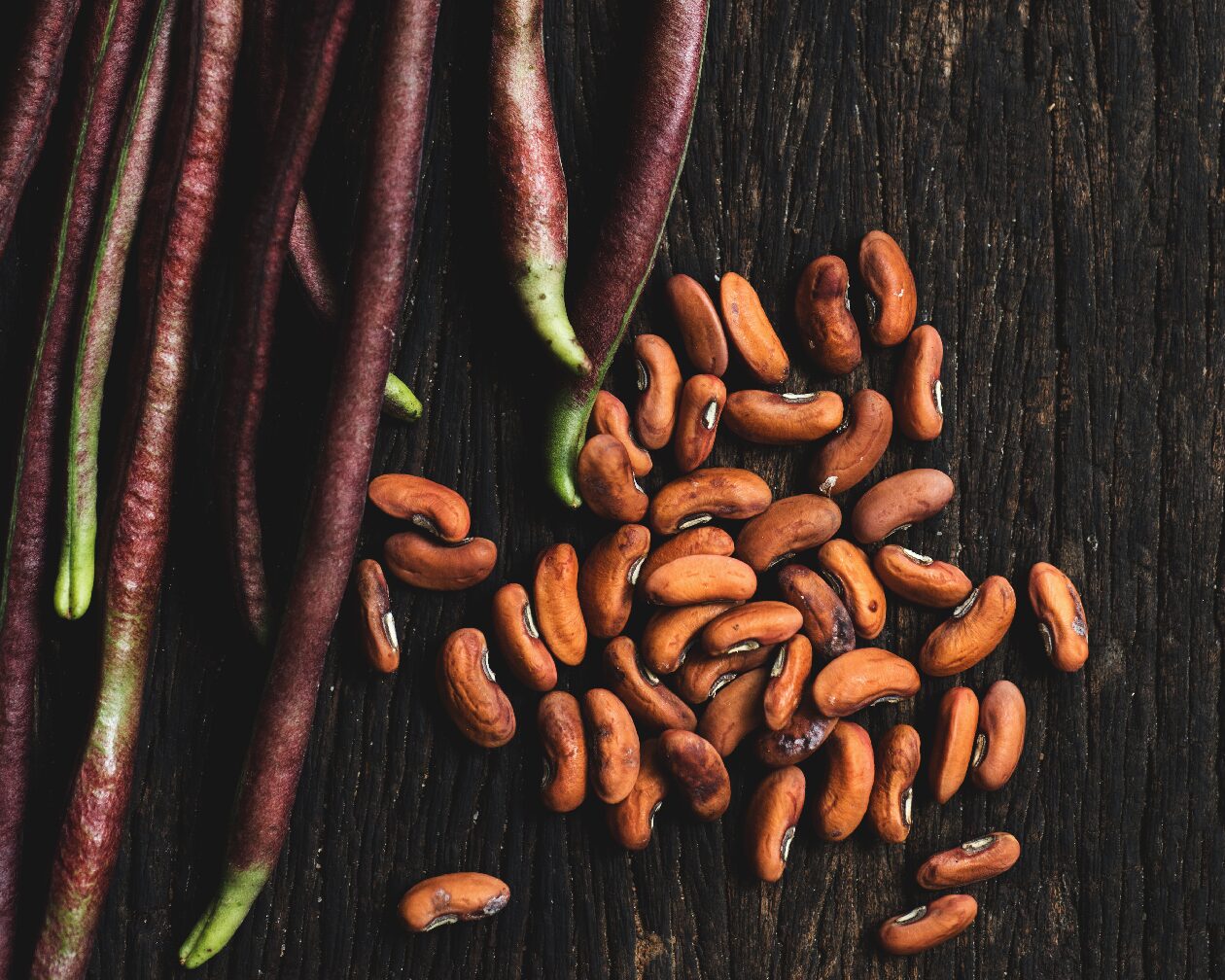This post contains affiliate links for your convenience. I may earn a small commission from qualifying purchases at no extra cost to you. You can read my full disclaimer here.
Seed saving is truly a hobby all its own.
I mean, how cool is it that we can plant some seeds, have them grow into a glorious plant, eat from that plant, save it’s seeds, and then continue the same cycle next year, and every year there after for infinity.
That’s a beautiful thing.
I’ve become kinda obsessed with saving them, and this year I’m saving all the seeds!
Why save your own seeds?
- The plants you grow from the saved seeds will be better adapted to your climate and garden.
- You’re saving money by not having to purchase seeds.
- You can grow your own heirloom varieties and pass them down through generations.
- You’re there for every step of the process and know exactly how the plants are grown and how the seeds are harvested.
- It’s a nice step towards self-sufficiency.

What seeds can be saved?
Heirloom vs Hybrid
There are two types of plants – heirloom and hybrid.
Heirloom plants are open pollinated and have been around for generations. Seeds saved from an heirloom plant will produce the same plant next year.
Hybrid plants are from a cross pollination of two different plants. The seeds that you collect from a hybrid plant will not grow into the plant from which you collected it. Instead, it will grow into one of the two parent plants it came from.
How to Save Seeds
Beans and Peas
Bean and pea seeds need to come to fully mature plants.
Keep several pods on the plants and allow them to turn brown. The beans/peas inside will swell and look like lumps inside the pod.
Once the pods are brown and dry, you can pick them.
Open the pods and you will find the dried beans inside. Those are your seeds!
Set the seeds out on a paper towel for a day or two until they are dry.
Once they are completely dry they can be stored for next year.

Check to see if the seeds are dry enough to store by doing the fingernail test.
- Press your thumbnail into the seed.
- If it leaves an indentation, your seeds are fully dry.
- If it does leave an indentation, the seeds are not ready and need more time to dry.
Tomatoes
Once the sides of the tomato fruit gives a little when you touch it, the seeds are mature enough to harvest.
Tip: You can let it ripen on the vine, or inside on the window sill.
Cut open the tomato and you will see the seeds inside the gel.
Place the gel and seeds inside a container with a few inches of water and cover.
Let the mixture sit for a few days to allow the seeds to separate from the gel. Give the container a shake at least once a day to help with the separation.
After a few days, you may notice some seeds floating on top.
Those seeds are not viable and can be discarded.
Take out the viable seeds (those ones resting on the bottom of the container) and lay them out on a paper towel to dry for a couple days.
Once completely dry, they can be stored for next year.

Peppers
Harvest pepper seeds from fully ripe tomatoes.
Tip: Green peppers are not ripe. Allow the pepper to fully ripen on the plant or window sill.
Cut open the pepper and take out the seeds.
Place the seeds on a paper towel and allow them to dry for a couple days.
They can be stored once they’re completely dry.

Lettuce
Lettuce plants produce seeds by bolting.
Bolting is when the plant sends up a tall flower stem from the center of the plant.
A yellow flower that looks similar to a dandelion will blossom on top. At the end of the flowers life cycle, it will close, and then reopen resembling a white dandelion puff. The seeds are at the end of the white puff.
Remove the flower pods and place in them inside a paper bag and shake to separate the seeds. Or you can remove the seeds from the flower puff individually.
Store them until you are ready to plant again.

Right – the seeds are mature when the plant is brown with white flowers
Storing Seeds
Seeds need to be stored in a cool, dark, dry place to remain viable.

Have you saved your own seeds from your garden before? What kind of seeds did you save?






[…] can check out more great seed saving how to’s here on Ashley’s […]
Very interesting thanks!
I have never stored seeds.
You’re very welcome! It is a lot of fun saving them!